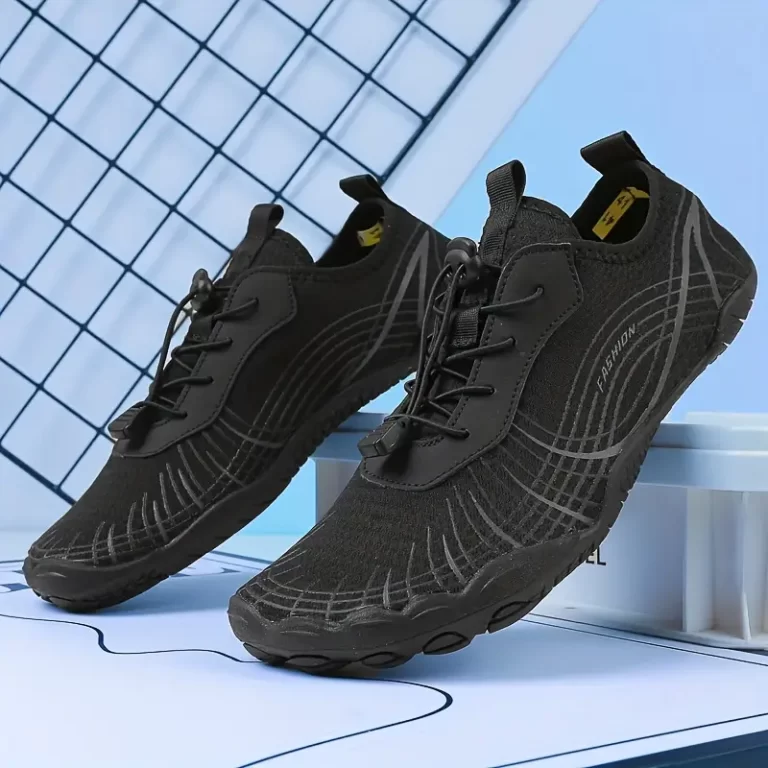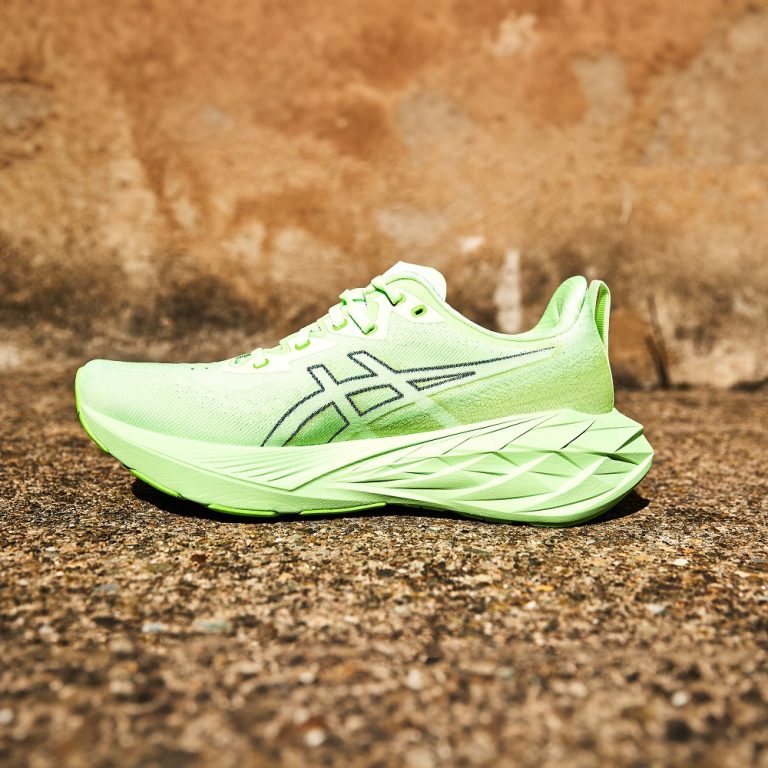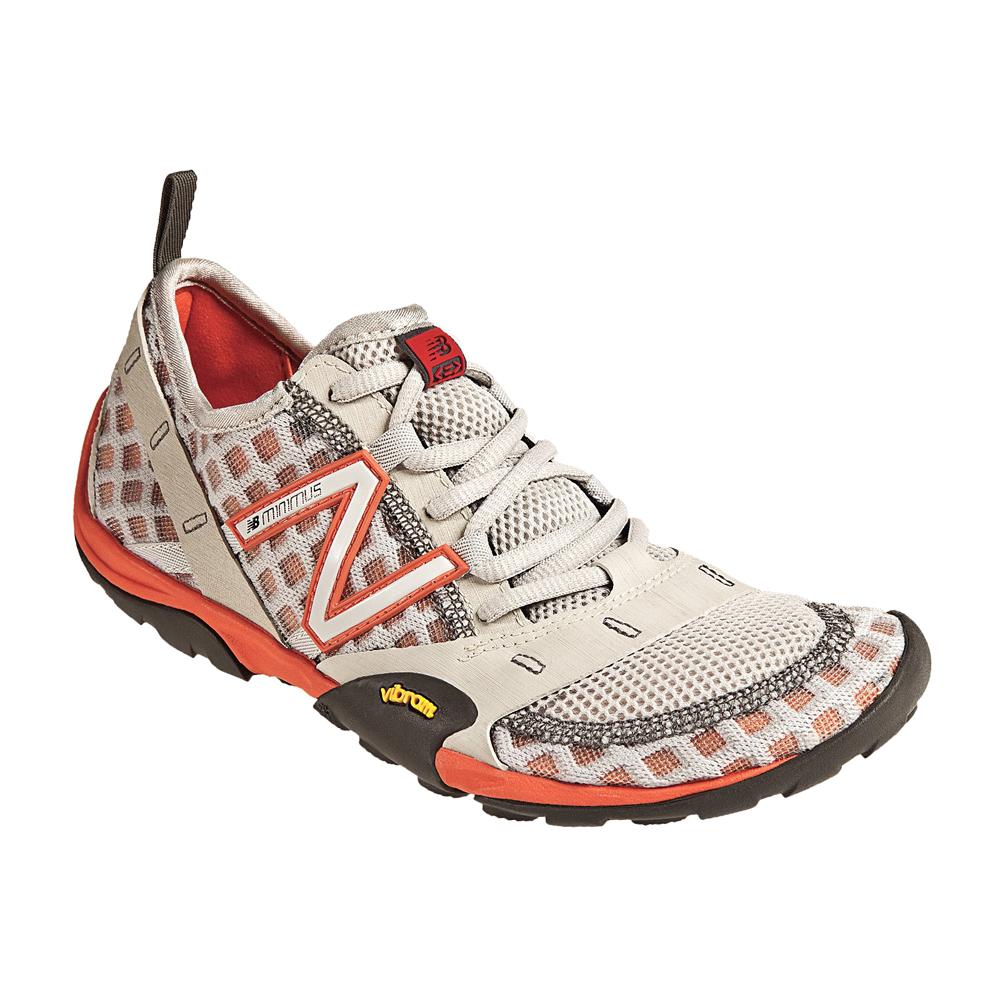
Barefoot Trail Running Shoes: Advantages for Trail Enthusiasts
Introduction to Barefoot Trail Running Shoes
Barefoot trail running shoes are gaining popularity among outdoor enthusiasts. They offer a unique running experience by mimicking natural foot movement. Designed for varied terrains, these shoes prioritize minimalism and functionality.
What Are Barefoot Trail Running Shoes?
Barefoot trail running shoes prioritize natural movement and foot mechanics. They feature thin soles to enhance ground feel and connection. These shoes often lack traditional cushioning to promote a barefoot-like experience. They encourage better posture and running form while reducing interference between the foot and terrain.
Key Features of Barefoot Trail Running Shoes
- Thin Soles: Thin soles enhance sensory feedback and improve balance on trails.
- Wide Toe Box: A spacious toe box allows natural toe splay for better grip.
- Lightweight Design: Minimal materials keep these shoes light and easy to carry.
- Flexible Construction: Flexible soles and materials enable unrestricted foot movement.
- Zero-Drop Platform: A flat sole promotes proper alignment during running.
- Durable Grip: Outsoles are designed to handle rugged, uneven terrain safely.
These features make barefoot trail running shoes ideal for outdoor enthusiasts seeking natural movement and improved stability on trails.
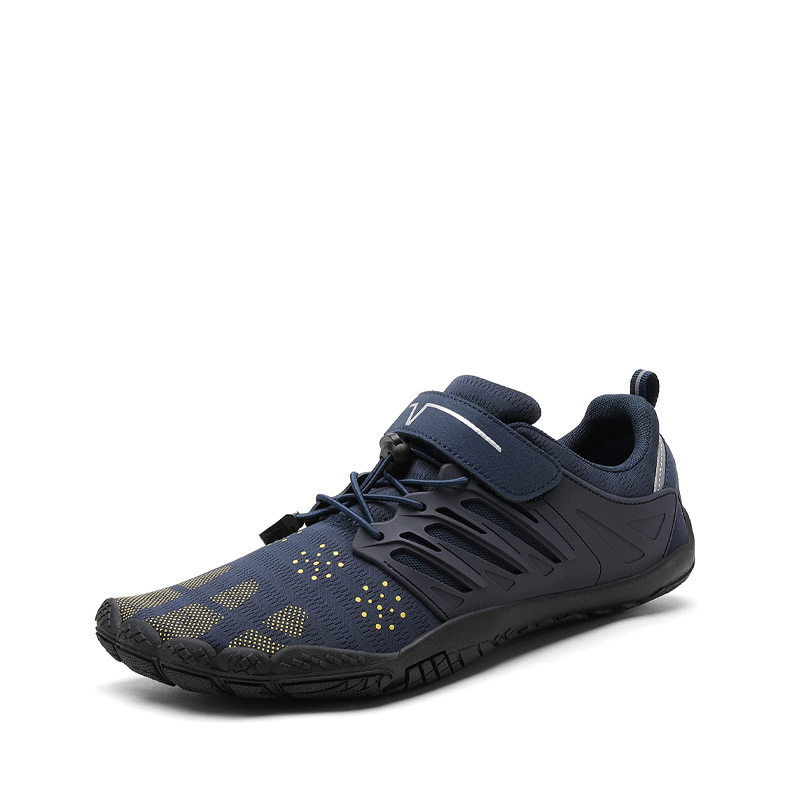
Advantages of Barefoot Trail Shoes
Barefoot trail running shoes offer numerous advantages for outdoor enthusiasts. They provide natural movement and improve running efficiency. Their minimalist design enhances both comfort and control during trail runs.
Enhanced Ground Connection and Stability
Barefoot trail running shoes improve ground feel and sensory connection. Thin soles allow you to better sense terrain. This promotes stability, especially on uneven surfaces. The design ensures safe and precise foot placement on obstacles. It enhances traction and grip on challenging trails.
Strengthening Foot and Lower Leg Muscles
Minimalist shoes actively engage foot muscles and lower legs. Without the cushion of traditional shoes, your feet adapt to different terrains. This increases muscle strength over time. Stronger feet and legs improve endurance and reduce injury risks. They also contribute to better overall balance and coordination.
Improved Flexibility and Natural Movement
Barefoot trail shoes encourage natural foot movement. Flexible soles allow unrestricted motion, mimicking barefoot running. The wide toe box helps your toes spread naturally for better grip. This supports flexibility and reduces strain on feet during long runs. The design aligns with your natural gait for optimal performance.
Lightweight and Minimalist Design Benefits
The lightweight construction of barefoot trail running shoes reduces fatigue. Minimal materials make them easy to carry, enhancing convenience during trails. Their streamlined design simplifies the running experience, eliminating unnecessary bulk. The shoes offer comfort while keeping you connected to the terrain.
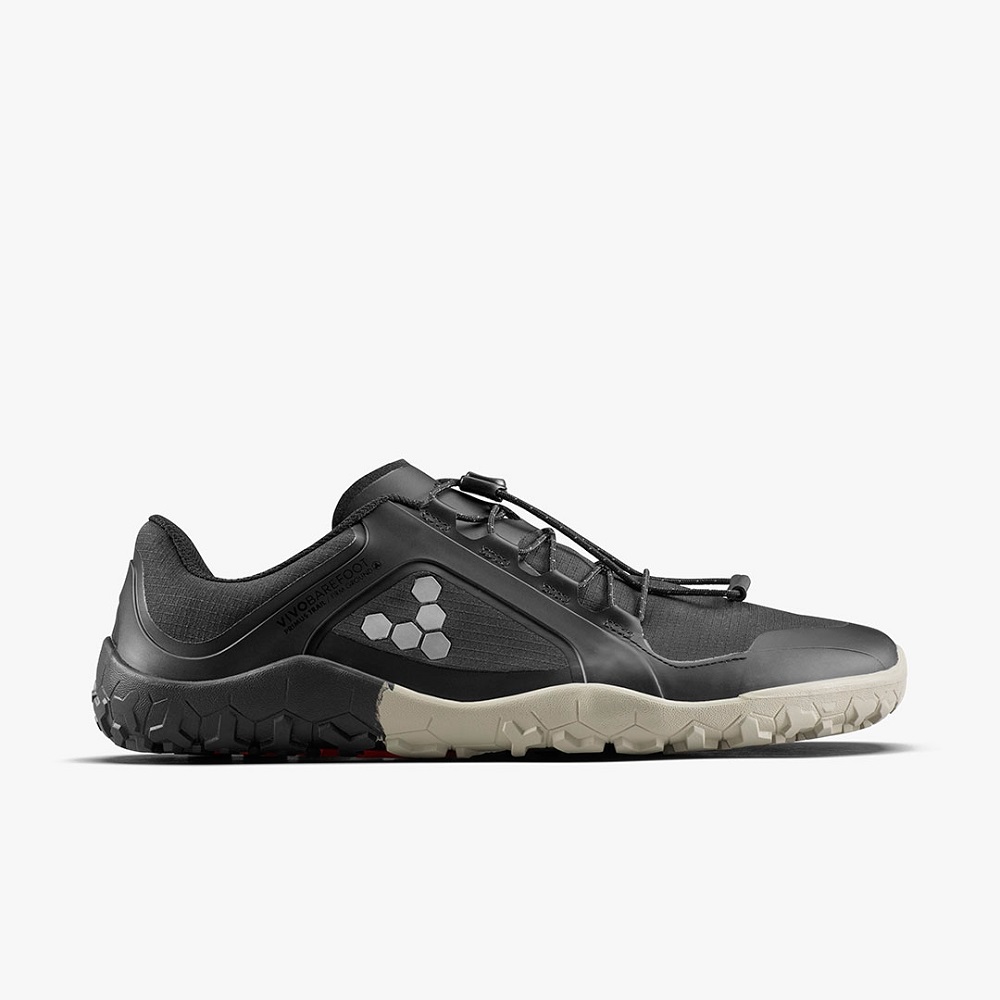
Choosing the Right Barefoot Trail Shoes
Selecting the right barefoot trail running shoes is crucial for performance and comfort. Consider several features before making a choice to ensure the shoes meet your needs and preferences.
Factors to Consider Before Buying
- Terrain Suitability: Choose shoes designed to handle the type of trails you run on. Some shoes excel on rugged terrains, others on smooth paths.
- Fit and Comfort: Look for a snug but not restrictive fit. A wide toe box allows natural toe splay.
- Sole Thickness: Decide on the level of ground feel you prefer. Thinner soles provide better sensory connection but less protection.
- Durability: Pick a pair with durable materials to withstand tough terrains and frequent use.
- Grip and Traction: Check for reliable outsole patterns for grip on slippery or uneven surfaces.
- Weight: Lightweight shoes reduce fatigue and improve mobility, especially on long trails.
- Breathability: Opt for materials that allow your feet to breathe, particularly in hot climates.
- Price: Set a budget but remember quality is often worth the investment.
Popular Brands and Models
- Vibram FiveFingers: Known for their glove-like fit, excellent for precise foot movements.
- Merrell Vapor Glove: Lightweight and versatile, suitable for various terrains.
- Xero Shoes TerraFlex: Offers a balance of durability, flexibility, and comfort.
- Vivobarefoot Primus Trail: Combines minimalism with strong protection and grip for trail running.
- New Balance Minimus Trail: A reliable choice with a more traditional shoe structure.
- Altra Superior: Features a zero-drop design and wide toe box, ideal for natural movement.
- Inov-8 Bare-Grip: Provides excellent grip for wet and muddy trails.
These brands offer a range of barefoot trail running shoes to meet diverse performance needs. Choosing the right pair enhances your experience and ensures better results on the trails.
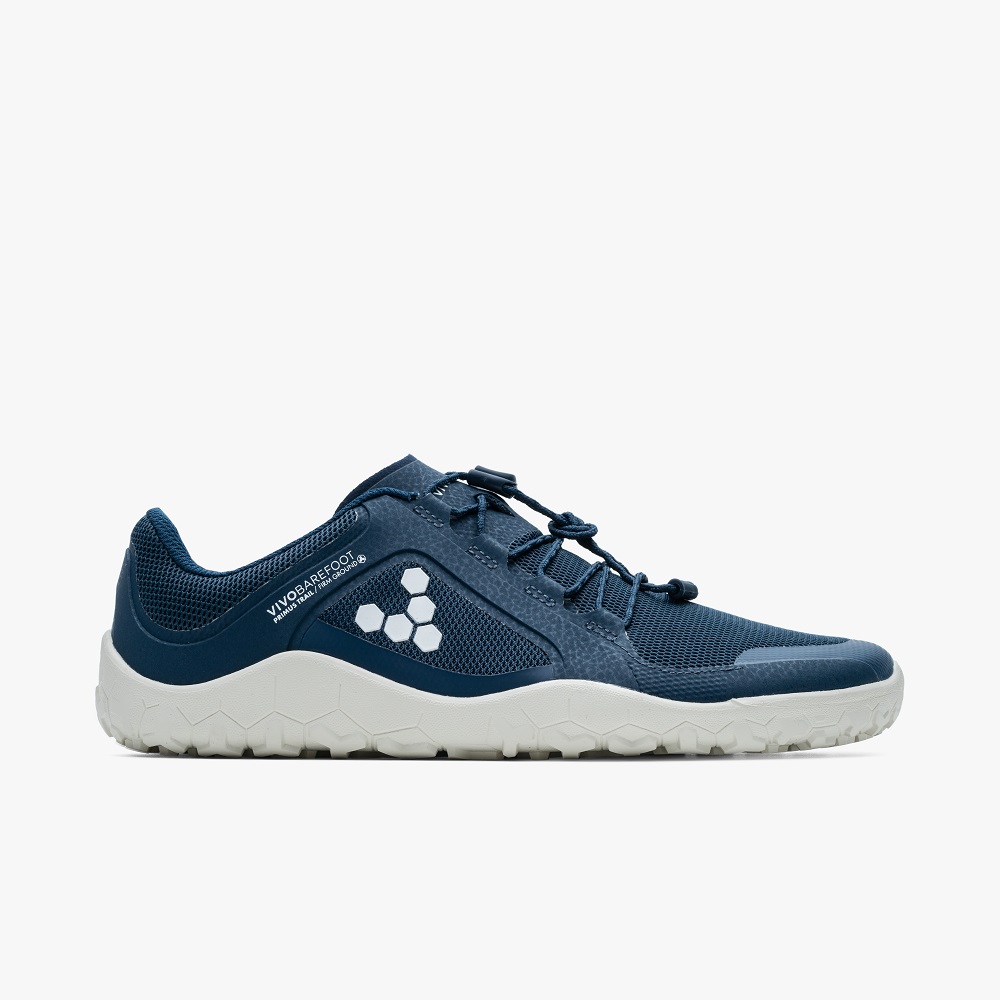
Tips for Transitioning to Barefoot Trail Shoes
Shifting to barefoot trail running shoes requires preparation. It’s vital to adapt your body gradually. Sudden changes can lead to discomfort or injuries. Transitioning correctly helps you enjoy the benefits of barefoot running safely.
Gradual Transition Techniques
- Start Slowly: Limit initial running sessions to short distances, like 1–2 miles. Gradually increase mileage.
- Alternate Shoes: Use barefoot shoes for some runs while wearing traditional ones for others.
- Strength Training: Incorporate foot and calf strengthening exercises to prepare your muscles.
- Practice Walking: Begin by walking in barefoot trail shoes before running. This helps your feet adjust.
- Run on Softer Surfaces: Start on grass or dirt trails to reduce impact and prevent strain.
- Listen to Your Body: Stop or reduce intensity if you feel pain or discomfort.
- Focus on Form: Emphasize a forefoot or midfoot strike to avoid pounding with your heels.
A gradual, mindful approach ensures a smoother transition to barefoot trail running shoes without excessive strain.
Common Challenges and How to Overcome Them
- Foot Soreness: Expect some initial soreness. Rest and stretch to aid recovery.
- Calf Strain: New running mechanics may stress calves. Ease into running and increase stretches.
- Blisters: Thin soles or improper fit might cause blisters. Ensure a snug but comfortable fit.
- Reduced Speed: Your pace might initially drop. Focus on technique rather than speed.
- Adaptation Period: It can take weeks or months to adapt fully. Patience is key.
- Overuse Injuries: Avoid overtraining. Follow a structured plan with sufficient rest days.
By addressing these challenges effectively, you’ll adapt to barefoot trail running shoes while lowering potential risks.
Barefoot Trail Running Techniques
Mastering barefoot trail running techniques can improve your performance and reduce the risk of injury. Understanding proper form and adapting to varied terrains are essential for a safe and efficient run.
Proper Running Form for Barefoot Trail Running
- Adopt a Forefoot or Midfoot Strike: Avoid heel striking to reduce impact and prevent injuries. Focus on landing softly on the forefoot or midfoot.
- Maintain a Shorter Stride: Short strides improve control and reduce strain on the feet and calves.
- Increase Your Cadence: Aim for a faster step rate. This minimizes ground contact time and enhances efficiency.
- Keep an Upright Posture: Stay upright but relaxed. Engage your core and avoid leaning forward excessively.
- Engage Your Arms: Use arm movement to balance your stride. Keep your elbows bent at 90 degrees.
- Listen to Your Body: Pay attention to discomfort or strain. Adjust your form if anything feels off.
Proper running form ensures maximum benefits while minimizing the risk of injuries.
Terrain Considerations and Adaptations
- Assess the Terrain: Study trails in advance. Avoid heavily rocky or slippery paths if you’re new.
- Adapt Your Foot Placement: Place your feet carefully on uneven or unstable ground to maintain balance.
- Transition Gradually on Technical Trails: Start on soft surfaces like grass or dirt before advancing to rugged trails.
- Monitor Ground Conditions: Wet or icy trails require extra attention. Grip carefully to maintain stability.
- Adjust Pace: Slow down during steep inclines or declines. Focus on balance and safe strides.
- Stay Aware: Constantly scan the trail for obstacles like roots, rocks, or holes. This helps avoid stumbles.
By understanding trail conditions and adapting your technique, you ensure a safer and more enjoyable experience.

Frequently Asked Questions About Barefoot Trail Shoes
Are Barefoot Shoes Suitable for All Trail Runners?
Barefoot trail running shoes are not ideal for everyone. They suit specific types of runners best. Experienced runners with strong foot muscles may benefit most from their minimalist design. Beginners or runners with foot issues might struggle with the lack of cushioning and support.
For those transitioning, proper preparation is vital. Gradual adjustments allow muscles and tendons to adapt naturally. Barefoot shoes work well for those seeking ground feel and flexibility. However, runners who require extra arch support or motion control may prefer traditional shoes.
Also, trail conditions matter. Barefoot shoes excel on soft soil or grassy paths. Rugged or rocky trails could cause discomfort or injury without adequate foot strength. Carefully evaluate your needs and preferences before making a decision.
How Do They Compare with Traditional Trail Running Shoes?
Barefoot and traditional trail running shoes differ significantly in design and function. Barefoot shoes prioritize minimalism and natural foot movement. Traditional options, however, focus on comfort, cushioning, and protection.
Key Differences:
- Sole Thickness: Barefoot shoes feature thin soles for ground feel. Traditional shoes have thicker soles for impact absorption.
- Toe Box: Barefoot shoes have a wide toe box for natural toe splay. Traditional ones may fit narrower.
- Support: Barefoot shoes avoid arch support. Traditional shoes often include added support for stability.
- Weight: Minimalist designs make barefoot shoes lighter. Traditional shoes are heavier due to added materials.
- Durability: Traditional shoes tend to last longer on harsh terrains but offer less sensory connection.
Ultimately, the choice depends on personal goals and running habits. Barefoot shoes promote a natural stride and muscle engagement. Traditional trail shoes, however, offer enhanced cushioning for long-distance comfort and rugged protection. Consider the pros and cons carefully to match your unique trail running needs.
Maintaining Barefoot Trail Running Shoes
Proper Care Techniques
Like any footwear, maintenance is essential for the longevity of your barefoot trail running shoes. Regularly inspect your shoes for signs of wear and tear, paying close attention to the soles and uppers. When cleaning them, use a soft brush or damp cloth to remove dirt and debris. Avoid harsh chemicals or machine washing, as these can damage the materials. Proper care will help you maximize the lifespan of your shoes, ensuring they remain effective on the trails.
Storage Considerations
Storing your barefoot shoes properly can also enhance their longevity. Keep them in a cool and dry place, away from direct sunlight or extreme temperatures. Avoid leaving them in damp or humid environments, as this can promote mold or degradation of materials. Storing your shoes in breathable bags or containers can prevent them from becoming compressed. Taking care of your shoes when not in use will help maintain their performance qualities for future runs.
Monitoring Your Shoes for Performance
As you accumulate mileage, it’s vital to monitor your shoes’ performance. A decline in traction, cushioning, or overall fit may signal that it’s time for a replacement. Relying on worn-out shoes can lead to injuries and affect your running experience negatively. By being vigilant about your shoe condition and replacing them when necessary, you can continue to enjoy the benefits of barefoot trail running without compromising your safety.
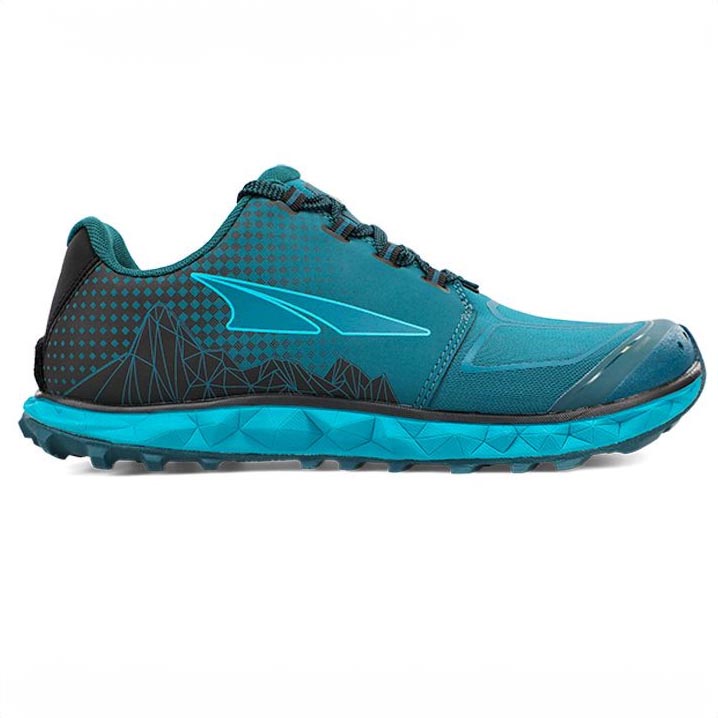
Additional Benefits of Barefoot Trail Running
Connection to Nature
Running in barefoot trail shoes enhances your connection to the environment. Without the hindrance of thick cushioning, you can feel the textures, variations, and nuances of the trail beneath your feet. This sensory experience deepens your appreciation of nature and can lead to a more meditative running experience. Many trail enthusiasts cherish the calming effect of being outdoors, and barefoot running enhances this connection.
Mental Fortitude
Transitioning to and mastering barefoot trail running can also strengthen mental resilience. Embracing the challenges of varied terrain builds confidence and encourages a greater sense of accomplishment. The ability to troubleshoot issues on the trail fosters resourcefulness and adaptability. This growth in mental fortitude can extend beyond running, positively influencing other areas of your life.
Engaging in barefoot trail running opens pathways to connect with like-minded individuals. Many communities encourage shared experiences that highlight the joy of running and nature. Connecting with other trail enthusiasts can provide motivation and support as you navigate your running journey. Participating in group runs, events, or social media forums can enhance your experience and lead to lasting friendships built on a shared passion.
Conclusion: Embrace the Barefoot Trail Running Experience
Discover the Advantages
In conclusion, barefoot trail running shoes offer numerous advantages for outdoor enthusiasts. By enhancing ground feel, improving foot strength, and promoting natural running mechanics, these shoes enable runners to connect more deeply with nature. The shift away from traditional footwear allows for a more authentic experience on the trails, fostering confidence and resilience in trail running.
Prepare for the Journey
If you’re considering the transition to barefoot trail running, careful preparation is crucial. Assess your fit and comfort, choose the right shoes for your terrain, and remember to listen to your body as you adjust. Embrace the journey with patience and dedication, as the rewards far outweigh the challenges.
Join the Movement
Finally, as you explore the world of barefoot trail running, remember that you’re not alone. Engage with the community, share your experiences, and help inspire others to embrace this thrilling running style. Enjoy the freedom, beauty, and exhilaration that come with barefoot trail running, and savor every moment on the trail. The combination of fitness, adventure, and connection to nature is an experience that can enrich your life immeasurably.
